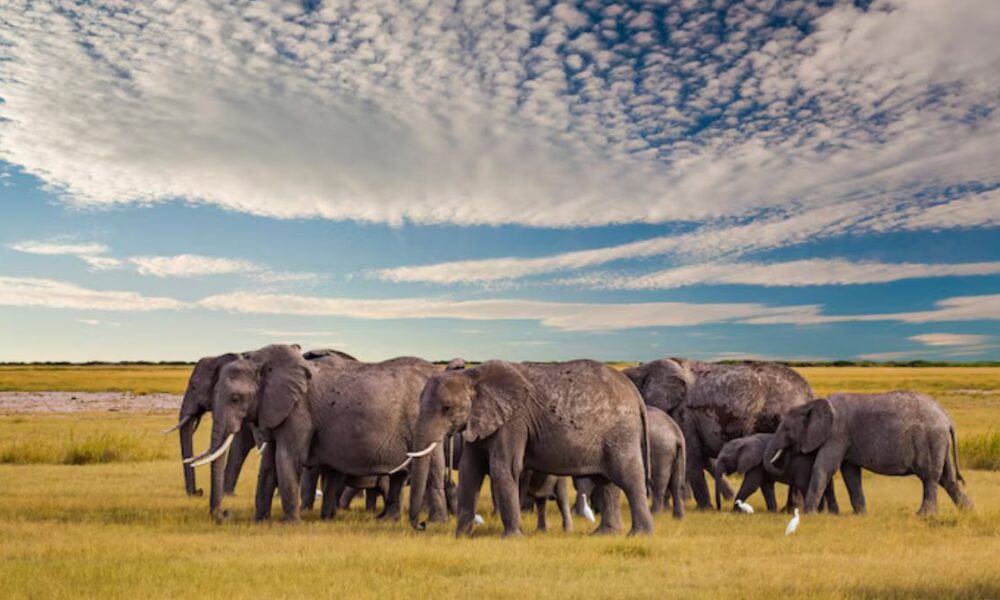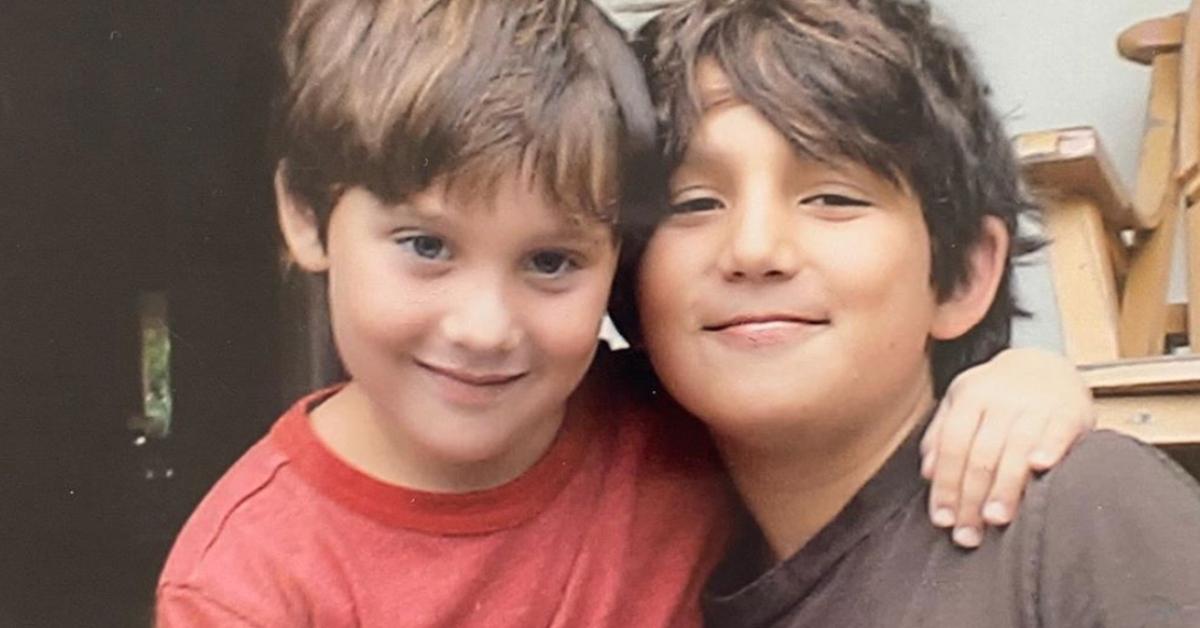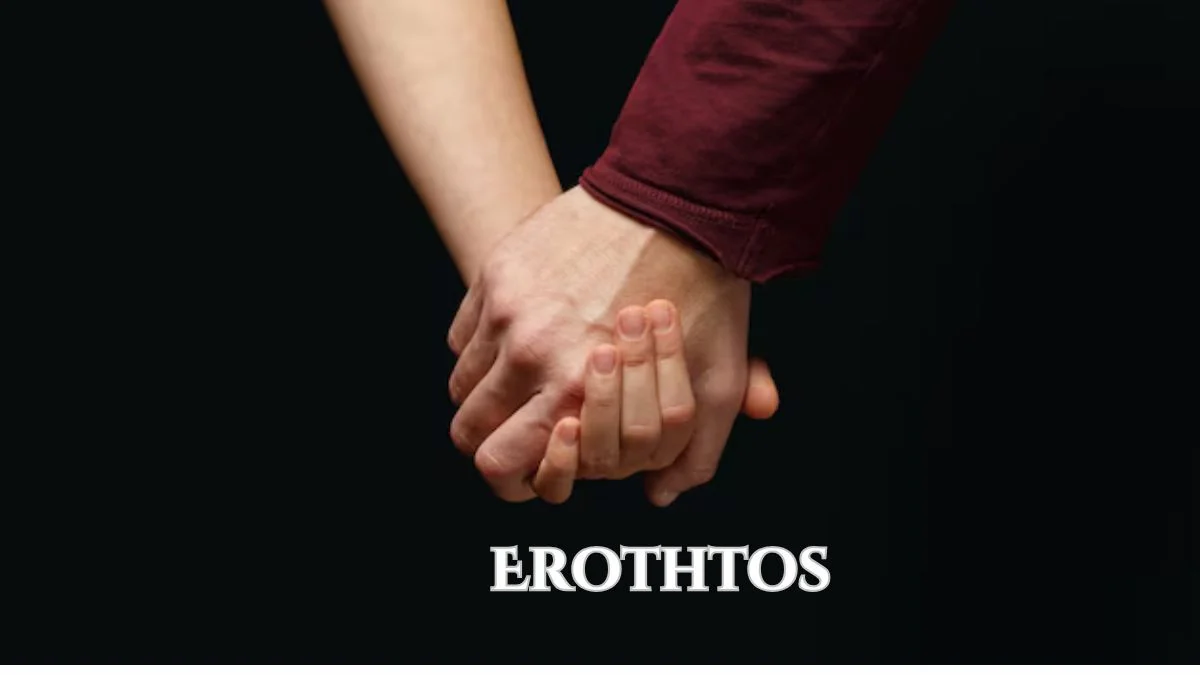Zooskooñ isn’t just another zoo. It’s a new way of thinking about how we interact with and protect animals. Instead of putting animals on display for entertainment, Zooskooñ builds habitats that are close to the wild and focuses on conservation, sustainability, and education. It’s a game-changer for the future of zoological spaces.
How Zoos Evolved Into Zooskooñ
Traditional zoos started as places to entertain people with exotic animals. They were often small, overcrowded, and stressful for the animals. Over time, the focus shifted toward breeding programs and research. But even with good intentions, many zoos continued practices that didn’t fully support animal welfare.
Zooskooñ moves away from those outdated practices. It builds natural-style habitats and focuses on what animals truly need. The goal isn’t to show off animals but to protect them, help them thrive, and teach people how to be part of that mission.
The Principles That Guide Zooskooñ
Zooskooñ operates on four powerful principles that make it stand out from the rest.
- Animal-first ethics: Animals have room to roam, express natural behaviors, and live in stress-free environments.
- Eco-conscious building: Enclosures are made from sustainable materials and designed to match real ecosystems.
- Real conservation work: Endangered species are rehabilitated and reintroduced into the wild when possible.
- Public education: Visitors learn about nature, wildlife challenges, and how to protect the planet.
What Makes Zooskooñ Truly Sustainable
From the ground up, every Zooskooñ facility is designed to be eco-friendly. It uses renewable energy sources like solar and wind power to reduce its carbon footprint.
Rainwater collection systems, compost stations, and waste reduction programs keep operations green. The use of biodegradable materials and native plants helps restore the environment instead of damaging it. Controlled visitor access ensures that foot traffic doesn’t harm sensitive ecosystems.
Animal Welfare Comes First
One of the biggest problems with traditional zoos is animal stress. Limited enclosures and forced human interaction can lead to mental and physical health issues.
Zooskooñ creates open spaces that mimic the animals’ native habitats. Behavioral enrichment tools give animals challenges and stimulation to prevent boredom. Veterinary care is proactive, not reactive, and only ethical breeding practices are allowed. Every step of the way, Zooskooñ chooses animal dignity over convenience.
Real Action in Wildlife Conservation
Zooskooñ plays a major role in global conservation. Habitat loss, poaching, and climate change are wiping out species faster than we can count. Zooskooñ responds by working with conservation groups to save and repopulate these animals.
Breeding programs are focused, scientific, and purposeful. When possible, animals are returned to the wild. Genetic research helps scientists plan stronger conservation efforts. These aren’t just display animals. They’re part of a mission to restore balance in nature.
Educational Experiences for Everyone
Zooskooñ brings learning to life through fun and meaningful experiences. Instead of just looking at animals behind glass, visitors get to learn about their stories, behaviors, and challenges.
- Guided tours explain conservation in action.
- Virtual reality tools let visitors experience animal habitats without disturbing them.
- Citizen science projects invite the public to collect wildlife data.
- Internships and volunteer programs give hands-on experience to future wildlife experts.
Global Partnerships That Expand Zooskooñ’s Reach
Zooskooñ works hand-in-hand with international leaders in conservation. Its partnerships with WWF, IUCN, and CITES help build stronger wildlife protections and influence global environmental policies.
These collaborations also allow for joint research, animal rescue efforts, and knowledge sharing. By working across borders, Zooskooñ ensures its impact goes beyond any one location.
High-Tech Tools That Boost Animal Care
Zooskooñ is powered by some of the most advanced technology in the field.
Artificial intelligence monitors animal health in real time and alerts staff to changes in behavior. Smart sensors track humidity, temperature, and other habitat conditions.
3D printing helps build fast, cost-effective animal spaces. Virtual reality brings global education to students who can’t visit in person. Through these tools, Zooskooñ blends technology with nature to create something truly future-ready.
Facing Criticism and Staying Transparent
Even with all its strengths, Zooskooñ faces its fair share of critics. Some people believe that no form of captivity is acceptable, even for conservation. Others think the idea is too costly to maintain or expand.
Zooskooñ responds by staying transparent. It shares progress reports, opens conversations with experts, and welcomes public feedback. Every step of the way, its focus is on learning, improving, and doing better for the animals and the planet.
Fighting Climate Change One Habitat at a Time
Zooskooñ also helps fight climate change. Wildlife habitats around the world are shrinking because of rising temperatures and human destruction. Zooskooñ works on tree planting, ecosystem restoration, and habitat preservation.
Scientists use data from Zooskooñ to understand how animals are adapting to environmental changes. This helps build smarter conservation strategies for the future. Zooskooñ doesn’t just care for animals. It cares for the planet they live on.
Community First, Always
Zooskooñ isn’t just for tourists. It plays a big role in helping local communities too. By offering jobs in research, education, and eco-tourism, it supports sustainable development.
Local schools and colleges collaborate on conservation education. Community members join clean-up efforts, wildlife monitoring, and public events. By making conservation a shared goal, Zooskooñ creates deep roots wherever it goes.
What’s Next for Zooskooñ?
The future looks bright. Plans are in place to bring Zooskooñ facilities to more countries. There’s ongoing research in cloning, gene therapy, and AI-powered conservation strategies.
More virtual learning spaces will help reach students globally. And every new project will stick to the same core values of ethics, sustainability, and education.










